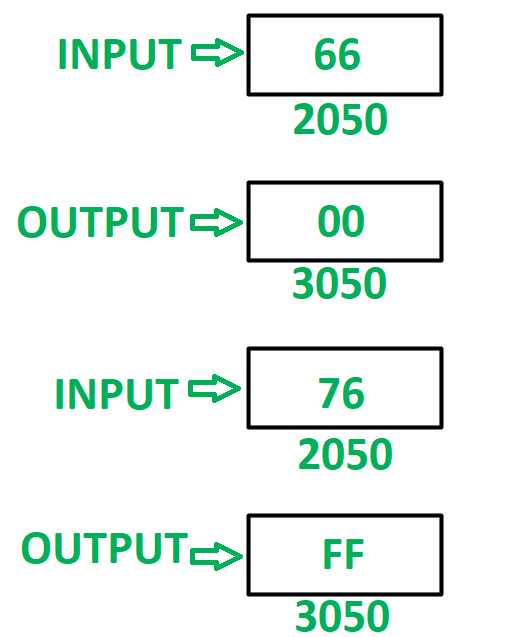Introduction to Resistors-
A resistor is a passive two-terminal electrical component that
implements electrical resistance as a circuit element. In electronic circuits, resistors are used to reduce current flow, adjust signal levels, to divide voltages, bias active elements, and terminate transmission lines, among other uses. High-power resistors that can dissipate many watts of electrical power as heat, may be used as part of motor controls, in power distribution systems, or as test loads for generators.
Working principle/Construction-
The main purpose of a resistor is to maintain specified values of voltage and current in an electronic circuit. A Resistor works on the principle of Ohm's law and the law states that the voltage across the terminals of a resistor is directly proportional to the current flowing through it. The unit of resistance is Ohm.
Some of the earliest fixed resistors had their foundation in carbon composition technology. There is a mixture of fine carbon particles and a binding material like clay inside a carbon composition resistor’s packaging. These display broad electrical resistance characteristics with reduced tolerance and temperature coefficients of resistance. However, they are reliable in the regulation of currents and are able to withstand pulses and energy surges very well.
Carbon composition electrical resistors have generally been replaced by devices produced through film deposition. These devices make use of a central, ceramic core coated by a functional material such as carbon, tantalum nitride (TaN), or a metallic alloy such as nichrome (NiCr). The surface mount area is dominated by thick-film chip resistors. Among the cheapest electrical resistors, they also enable designers to reach the
highest electrical resistances.
Article:- computer-study-helper.bogspot.com
Computer Education









